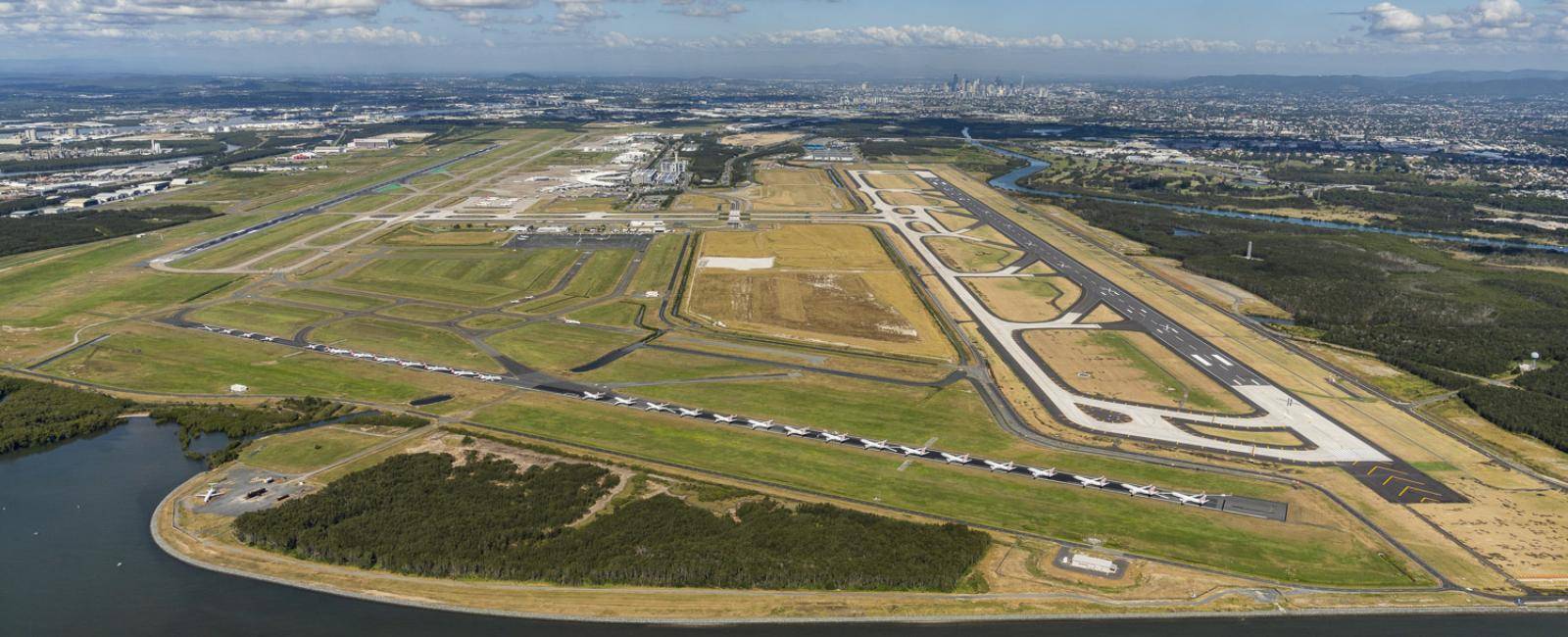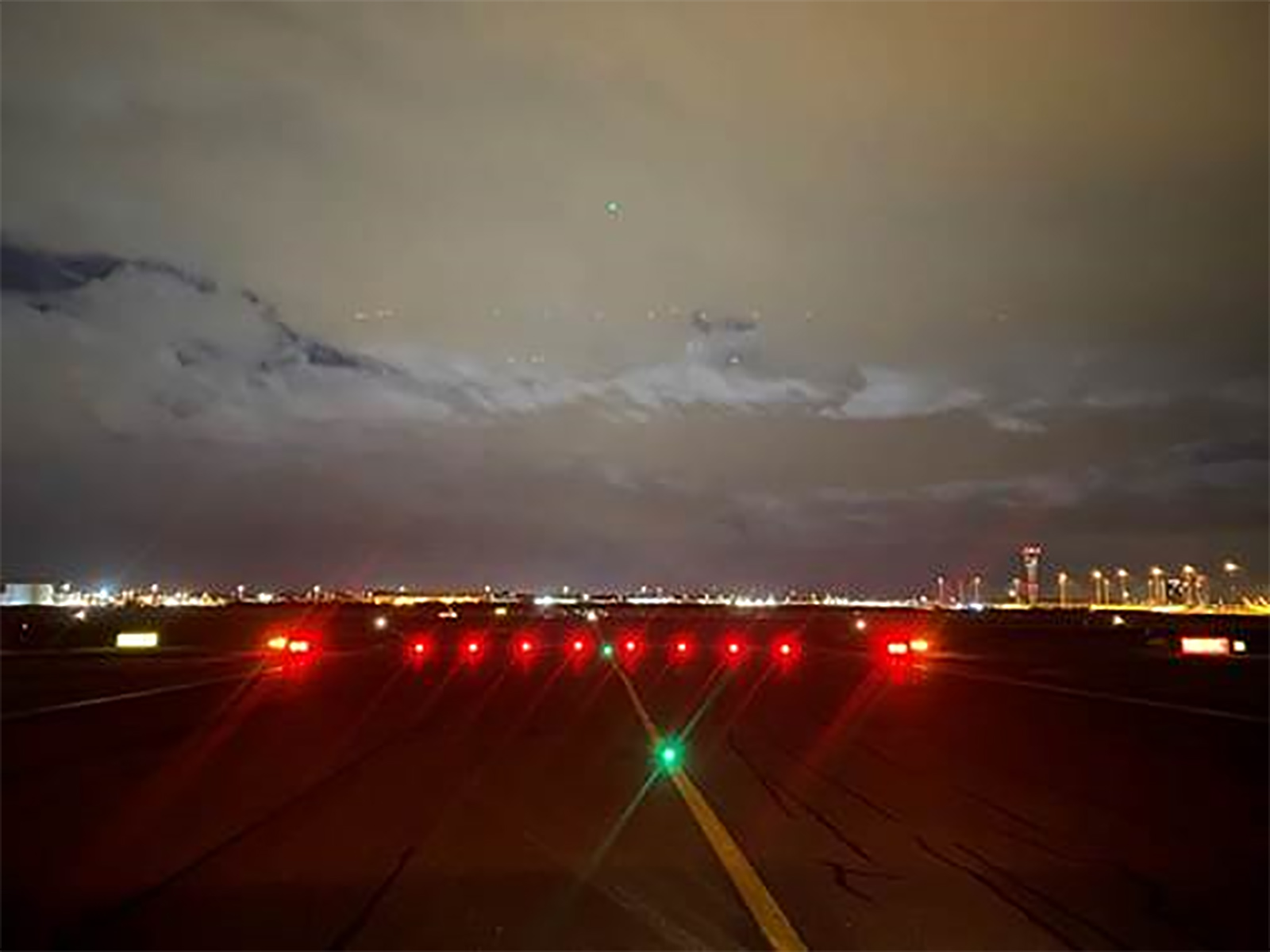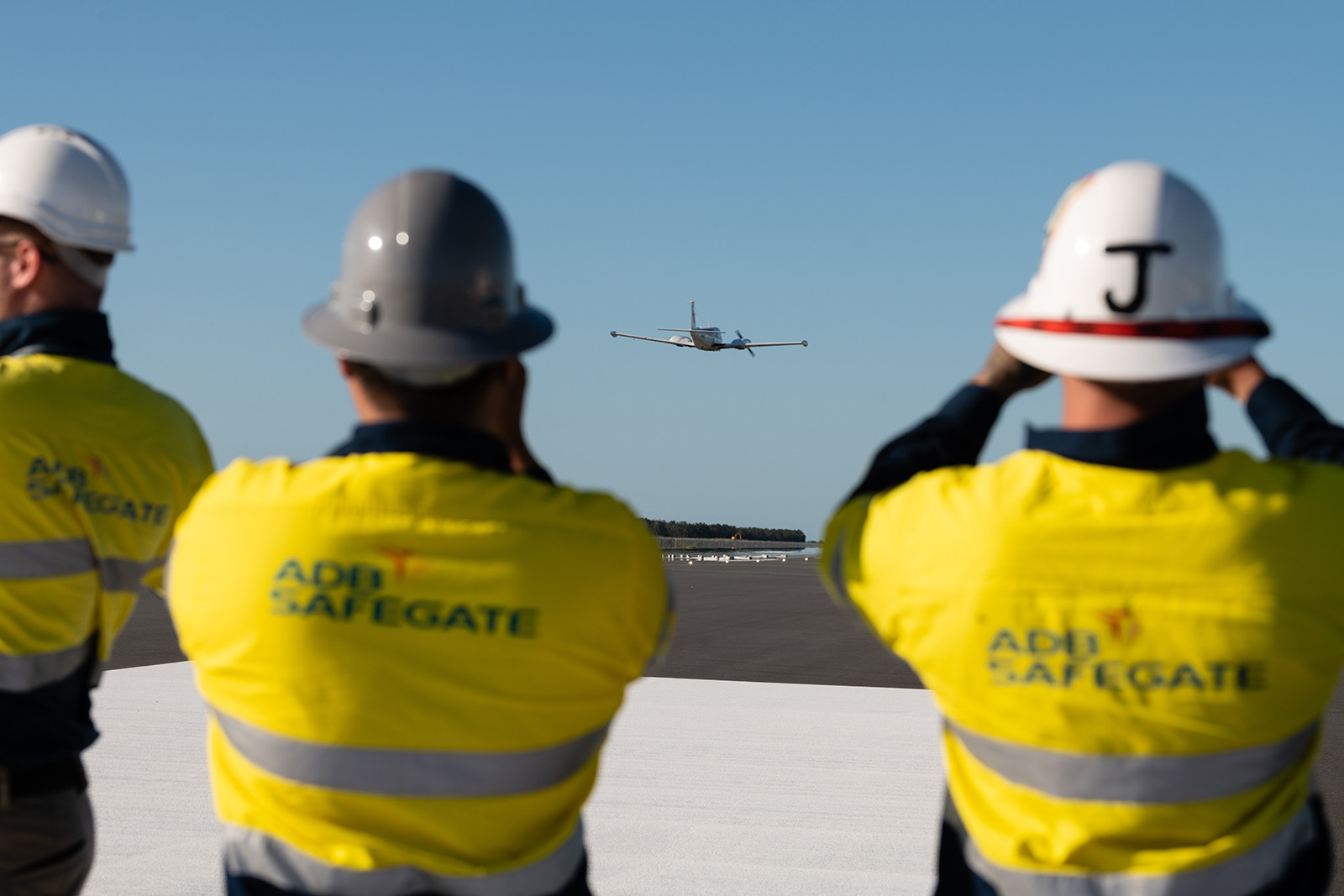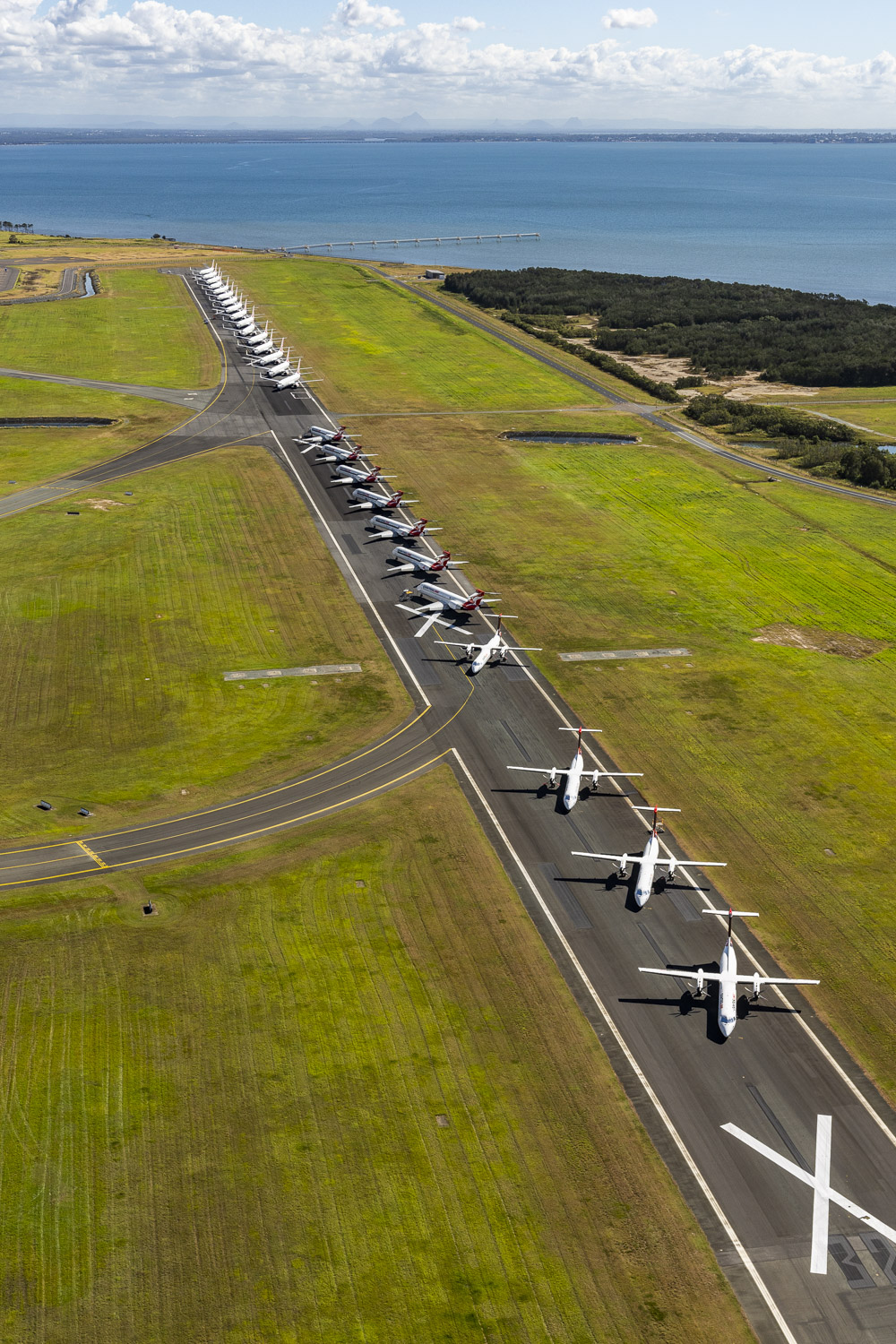There is a lot to be said about what is involved when it comes to building a new runway.
It is a lot of work, pretty awesome, and over the last eight years we have tried to bring the wider community along for the ride by sharing frequent updates, blog posts, media stories and milestone celebrations while we embarked on the construction of Brisbane's new runway.
In fact, there is a step by step timeline of the project's history, from conception to completion, right here.
But as we reach the all important milestone that is practical completion of Brisbane's new runway, it is more important than ever that we let you in on something you may not know:
The mammoth construction program is only a fraction of the story when it comes to doubling Brisbane Airport’s capacity and creating the most efficient runway system in Australia.
There is another, just as crucial piece of work that needs to be done to successfully build a runway. While you cannot necessarily capture in a time-lapse, it is prudent to ensuring the overall success of the project and it is something that will ensure Brisbane Airport firmly establishes itself as the front door to Australia and the rest of the world. And, it will continue on past the construction program, right up until the runway becomes operational on 12 July 2020.
It is Operational Readiness and Testing (ORAT).
What is ORAT?
In short, it is a comprehensive list of all the safety, security and regulatory compliance requirements that Brisbane Airport Corporation (BAC) and the various airport stakeholders must meet before Brisbane Airport can commence parallel runway operations.
The list is long! It includes infrastructure testing and commissioning; business readiness activities (eg. updating aeronautical publications and procedures); regulatory compliance (think CASA approvals); and, airspace implementation.
In order to make the comprehensive, long list a little easier to tackle, the program is broken down into eight key change milestones. To date, five have been completed:
1. Dryandra Road Diversion – Landside traffic switch
2. Existing Runway Rename + 2nd Surface Movement Control (SMC) Frequency
3. Dryandra Road Airside Cell activated (including airside security boundary change)
4. Stop Bars Commence Operation - Existing Runway
5. Decommissioning of Runway 14/32
The three that remain are:
6. New Parallel Runway Airspace Published + 3rd SMC Frequency
7. New Parallel Runway Site declared Airside (airside security boundary change)
8. Parallel Runway Operations Commence
Project Manager Adam Tull explains that it is about getting people ready for parallel runway operations.
"The ORAT Management Plan exists to tie everything together, as there are a lot of existing plans and management structures already in place that are working to deliver 'day one operations'. In one word, ORAT is about coordination.
"From the outset of ORAT planning we recognised that there were some significant operational changes to be completed between late-2019 and mid-2020. BAC and Airservices Australia have worked hard to deliver some of these changes.
"The key change milestones are all stepping-stones towards the establishment of parallel runway operations later this year.
"A lot of work is being done to ensure those who work airside - including Airside Operations, Facilities, and Aviation Rescue & Fire Fighting (ARFF) - complete site familiarisations and the appropriate training so that they can commence rostered duties within the new runway site."
To date, there have been more than 220 people on site and more than 460 site familiarisations completed (for training purposes, more than one site famil is required).
Implementation of Stop Bars
The design of Brisbane's new runway incorporates Stop Bars at the various holding points across the airfield.
They are the traffic lights of the airfield – an extra safety measure designed to mitigate the risk of runway incursions and optimise runway efficiency during low visibility operations like heavy rain or the odd fog event.
Stop Bars are a line of unidirectional lights located 0.3 metres before each runway holding point, embedded into the surface and spaced three metres apart across the full width of the taxiway.
Embracing the universal colour of danger, they show red in the direction of approach to the runway and clearly indicate to pilots and drivers when and where to stop prior to entering a runway.
They are in operation 24 hours a day, seven days a week, and they are controlled by Air Traffic Control (ATC).
A vehicle or aircraft cannot pass a Stop Bar while it is illuminated. They can only move past the holding point once ATC provides the appropriate verbal instruction AND the red lights have been switched off.
The opportunity to incorporate Stop Bars within Brisbane Airport arose the moment the design for Brisbane’s new runway was finalised. As Brisbane’s new runway (01L-19R) is designed to include Stop Bars, the existing runway (01R-19L) would also need to include Stop Bars.
Extensive work has been done over the last 12 months to install Stop Bars across both the existing runway and the new runway. Brisbane Airport will have 24 Stop Bars in total – 10 across the existing runway and 14 across the new runway.
The Stop Bars for the existing runway were successfully switched on in March 2020.
Testing of airfield lighting
In March 2020, we conducted a flight check to test the runway lighting system. The flight check trialled the six different stages of intensity for the lighting system, during daylight hours and at dusk/night-time.
As part of this testing, an aircraft approached both ends of the runway a number of times, flying approx. 50 foot (15 metres) above, but not landing on the runway at any time.
The taxiway lighting also underwent a visual inspection, completed via a motor vehicle on the ground.
Other flight checks will be conducted over the coming months by Airservices Australia and the Civil Aviation Safety Authority (CASA).
The runway lighting system will give Brisbane Airport the first 100 per cent LED Cat 1 lighting system in the southern hemisphere, with each light able to be monitored and controlled individually, maximising maintenance efficiency.
Decommissioning of Runway 14/32
The cross runway, Runway 14/32, is the smaller of the two existing runways at Brisbane Airport and was primarily used by smaller aircraft including the Royal Flying Doctor's Service during peak periods.
The decommissioning of the cross runway was set to take place in May, but in response to the novel coronavirus pandemic (COVID-19), a decision was made in early April to bring this process forward.
Border closures and travel restrictions grounded a significant number of aircraft in Australia and around the world, and the decommissioned Runway 14/32 has allowed BAC to create additional parking space for its airline partners.
CREDITS




